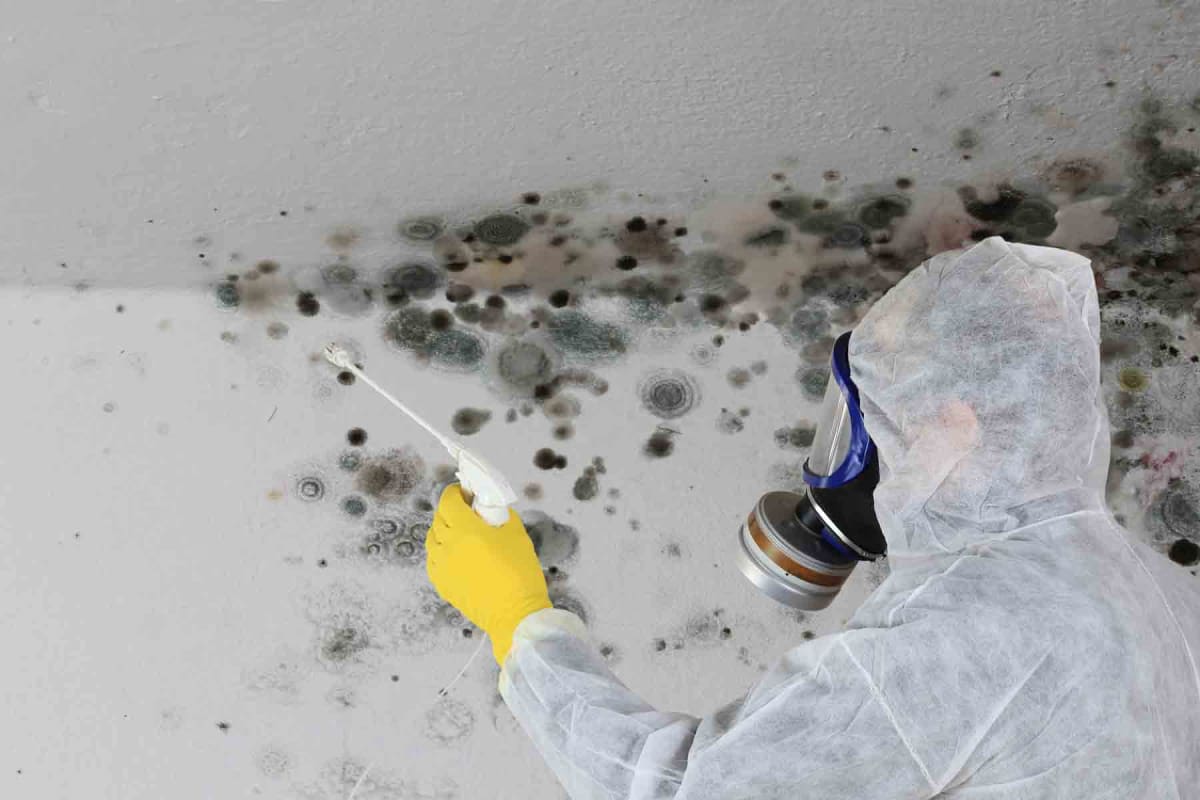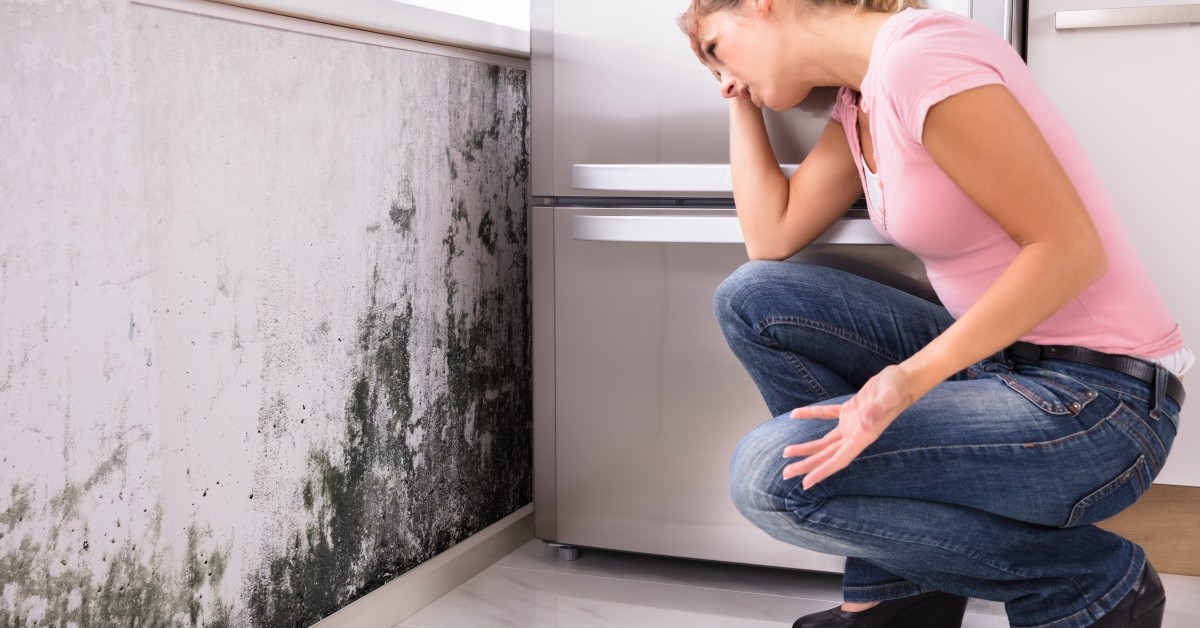Crafting an In-depth Post Mold Remediation Report
Crafting an In-depth Post Mold Remediation Report
Blog Article
Your Ultimate Overview to Post Mold Remediation Strategies
In the after-effects of mold and mildew invasion, knowing how to properly get rid of the mold and mildew and prevent its reoccurrence is vital for preserving a healthy and balanced interior environment. From picking the right cleansing and sanitizing approaches to applying techniques for long-lasting mold prevention, each action in the remediation trip plays a vital role in making certain an effective outcome.
Understanding Post-Mold Removal Process
After finishing the mold remediation process, it is important to understand the post-mold remediation methods that are essential to guarantee a comprehensive and efficient clean-up. Once the mold has been eliminated, the following step includes cleaning and decontaminating the impacted locations to avoid any kind of regrowth of mold and mildew. This includes utilizing specialized cleaning up representatives to clean down surface areas and kill any type of staying mold and mildew spores. It is vital to dry out the area entirely to discourage the growth of mold in the future (Post Mold remediation cleaning). Proper air flow and dehumidification can help in this procedure.
Furthermore, carrying out a final examination post-remediation is important to guarantee that all mold has actually been successfully eliminated. If the inspection discloses any kind of lingering mold and mildew, added remediation might be required.
Effective Cleaning Up and Decontaminating Approaches

Avoiding Future Mold And Mildew Development

Value of Proper Ventilation
Proper ventilation plays a crucial role in preventing wetness accumulation, a key consider mold growth within indoor settings. Efficient air flow systems help get rid of excess humidity from the air, minimizing the chances of mold spores locating the wetness they need to sprout and spread. Without ample air flow, interior areas can come to be a breeding place for mold, bring about prospective health dangers and structural damages.
By ensuring proper air flow, air flow systems can additionally aid in drying out moist areas much more quickly after water damage or flooding events, further hindering mold and mildew development. Post Remediation verification. In spaces like washrooms, cooking areas, cellars, and attics where dampness degrees tend to be greater, mounting and preserving effective air flow systems is essential in protecting against mold problems

Surveillance and Upkeep Tips
Given the essential role that appropriate air flow plays in preventing mold and mildew development, it is imperative to see page establish reliable tracking and upkeep tips to guarantee the ongoing capability of air flow systems. Normal examinations of ventilation systems need to be performed to inspect for any type of indications of blockages, leakages, or breakdowns that might hinder correct air flow. Surveillance humidity levels within the residential property is also critical, as high humidity can contribute to mold and mildew development. Mounting a hygrometer can assist track humidity levels and alert home owners to any spikes that may need attention. Furthermore, guaranteeing that air filters are consistently cleaned or changed is crucial for maintaining the effectiveness of the ventilation system. Applying a timetable for regular maintenance jobs, such as duct cleaning and heating and cooling system examinations, can aid prevent issues prior to they rise. By staying positive and mindful to the condition of air flow systems, building owners can efficiently alleviate the threat of mold regrowth and maintain a healthy interior setting.
Conclusion
In verdict, post-mold remediation techniques are essential for making certain a secure and clean atmosphere. Understanding the procedure, implementing efficient cleansing and decontaminating methods, avoiding future mold development, keeping correct ventilation, and routine tracking are all important actions in the removal procedure. By following these guidelines, you can effectively get rid of mold and mildew and stop its return, advertising a healthy living or working area for all owners.
In the results of mold and mildew problem, understanding exactly how to efficiently remove the mold and mildew and avoid its reoccurrence is extremely important for keeping a healthy and balanced indoor environment. As soon as the mold has been removed, the following action entails cleansing and sanitizing the affected locations to stop any type of regrowth of mold and mildew - Post Remediation verification. After getting rid of noticeable mold development, it is crucial to clean up all surfaces in the damaged location to remove any kind of staying mold and mildew spores. To further boost mold and mildew avoidance procedures, it is important to attend to underlying concerns that originally led to mold advancement.Provided the critical function that appropriate ventilation their website plays in protecting against mold growth, it is crucial to develop reliable monitoring and upkeep tips to make certain the continued functionality of ventilation systems
Report this page